The debate over authenticity in vintage restorations is a contentious topic that has captivated collectors, historians, and enthusiasts alike. While some argue for meticulous preservation of original elements, others advocate for modern enhancements to ensure functionality and longevity. Delving into various perspectives and challenges, the restoration of vintage items becomes a complex yet fascinating process.
The Importance of Authenticity in Vintage Restorations
Understanding the historical significance of vintage items is crucial in preserving their authenticity. Each piece tells a story, offering a glimpse into the cultural and social context of its time. For instance, the restoration of a 1965 Ford Mustang involves acknowledging its role in the muscle car era, which represents a significant period in American automotive history. By maintaining original elements, restorations preserve the narratives that make these items more than just objects.
Collector value is another vital aspect influenced by authenticity. Vintage items with original components often fetch higher prices at auctions and in private sales. A Rolex Submariner with all its original parts, for example, significantly outvalues one with modern replacements. This premium on authenticity is driven by the desire for pieces that have retained their historical essence, making them more desirable in the market.
Moreover, an emotional connection is often tied to the original materials and craftsmanship. Vintage items are not just appreciated for their aesthetic or functional value; they evoke memories and personal stories. The emotional connection to a grandfather’s pocket watch or a family heirloom piece of furniture is often rooted in its authenticity, which helps preserve the personal and historical narratives associated with it.
Challenges in Maintaining Authenticity
One of the significant challenges in maintaining authenticity in vintage restorations is the scarcity of original or period-appropriate materials. Many materials used decades ago are no longer produced or have become rare. For instance, the specific types of wood used in mid-century furniture or the particular alloys in vintage car parts can be difficult to source, requiring restorers to find creative solutions to maintain authenticity without compromising quality.
Skill requirements further complicate authentic restorations. Preserving authenticity often demands specialized knowledge and techniques, which are not always readily available. For example, restoring a vintage Leica camera requires an understanding of its intricate mechanical systems, which could be lost to time. Skilled artisans who possess this knowledge are rare and often in high demand, making their expertise a precious commodity in the restoration community.
Ethical dilemmas frequently arise when deciding whether to repair or replace parts that might compromise the original integrity of a piece. Consider the restoration of a classic Eames Lounge Chair. Should a cracked leather piece be left as is to preserve its history, or should it be replaced to ensure the chair’s usability and appearance? These decisions often spark debate among restorers and collectors, reflecting the ongoing struggle between maintaining authenticity and adapting to contemporary expectations.
Modern Techniques and Their Impact
Technological advancements have significantly impacted the restoration of vintage items. Modern technology, such as 3D scanning and printing, allows restorers to replicate hard-to-find parts accurately. This capability can be seen in the restoration of vintage cars, where parts are often unavailable. For instance, a 1930s Bugatti might require a specific component that can be reproduced using these technologies, balancing the need for originality with the practicality of contemporary methods.
Enhanced functionality is another consideration in modern restorations. Many vintage items were not designed with today’s standards of usability in mind. Restorers face the challenge of updating these pieces while maintaining their original design and form. The restoration of vintage audio equipment, such as a 1950s Grundig radio, might involve integrating modern electronics to improve sound quality while preserving the external appearance, thus ensuring the piece remains both functional and authentic.
Aesthetic considerations also play a role in how contemporary restoration methods influence the perception of vintage pieces. While some restorers aim to achieve a ‘like-new’ appearance, others prefer a more aged look that honors the item’s history. For example, the patina on a vintage Omega watch is often seen as part of its charm, adding character and authenticity that a polished, pristine finish might lack.

Perspectives from the Restoration Community
The restoration community is often divided between traditionalists and modernists. Traditionalists emphasize the importance of original materials and techniques, arguing that innovation should not come at the expense of authenticity. In contrast, modernists advocate for the use of new technologies and materials to enhance the restoration process. This division is evident in the restoration of classic cars, where purists might insist on using only period-correct parts, while others see the value in modern upgrades for improved performance and safety.
Case studies highlight both successful and controversial restorations, illustrating the debate within the community. The recent restoration of a 1951 Ferrari 212 Export exemplifies a project that balanced authenticity with functionality, drawing praise for its meticulous attention to historical detail. Conversely, the restoration of the Sistine Chapel frescoes in the 1980s sparked controversy due to the cleaning methods used, which some claimed altered the original colors and intent of Michelangelo’s work.
Expert opinions provide valuable insights into finding common ground in the restoration debate. Conservators, collectors, and historians often weigh in on the balance between preservation and innovation, emphasizing the importance of context and intent. As one expert noted, “Restoration is not just about preserving the past; it’s about ensuring these pieces continue to tell their stories to future generations.”
The Future of Vintage Restorations
The future of vintage restorations is shaped by evolving standards and best practices that accommodate diverse perspectives. Organizations like the International Council of Museums (ICOM) and the American Institute for Conservation (AIC) are updating guidelines to reflect the complexities of modern restoration work. These evolving standards aim to ensure that restorations respect both historical integrity and contemporary needs.
Sustainability is becoming an increasingly important consideration in the restoration process. Eco-friendly practices, such as using sustainable materials and minimizing waste, are gaining traction among restorers. This shift not only helps protect the environment but also aligns with the growing consumer demand for sustainable and ethical practices in all areas of production and consumption.
Educational initiatives are crucial in promoting awareness and understanding of authenticity issues in restoration. Workshops, seminars, and online courses are helping both professionals and the public appreciate the complexities of the restoration process. By fostering a deeper understanding of the importance of authenticity, these initiatives ensure that future generations continue to value and preserve the historical and cultural significance of vintage items.
Like Fast Lane Only’s content? Be sure to follow us.
Here’s more from us:
*Created with AI assistance and editor review.

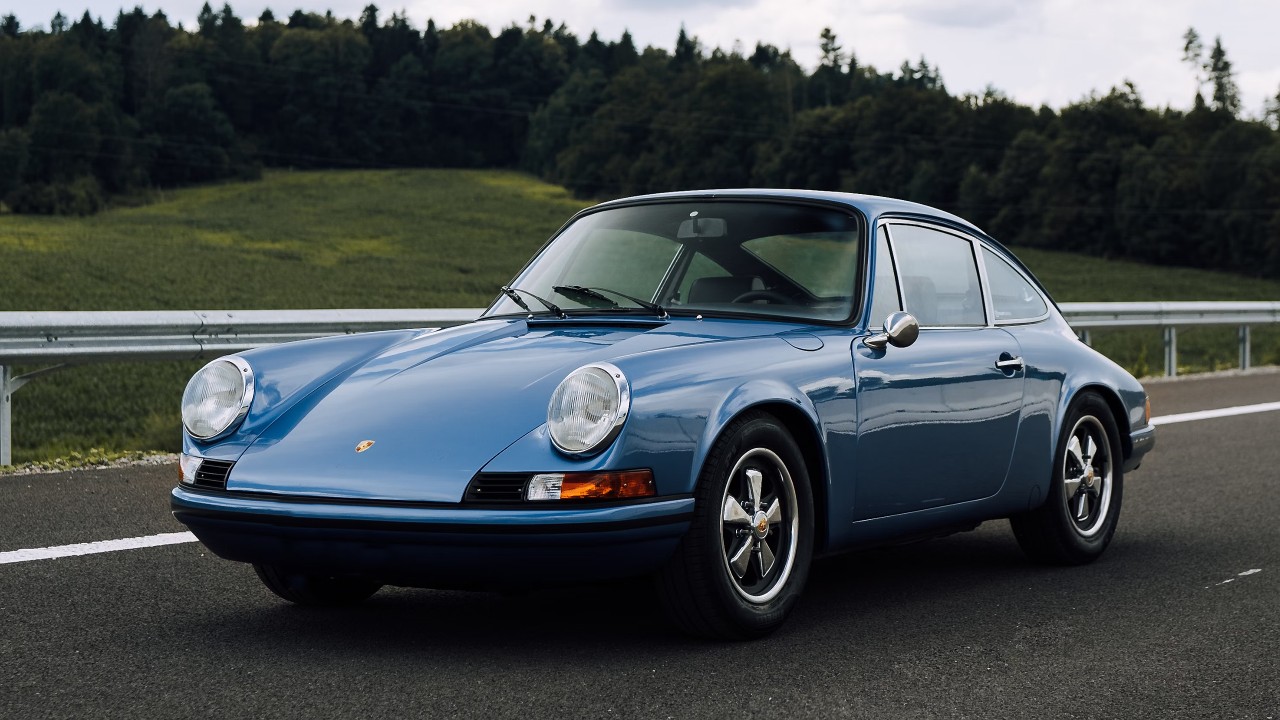
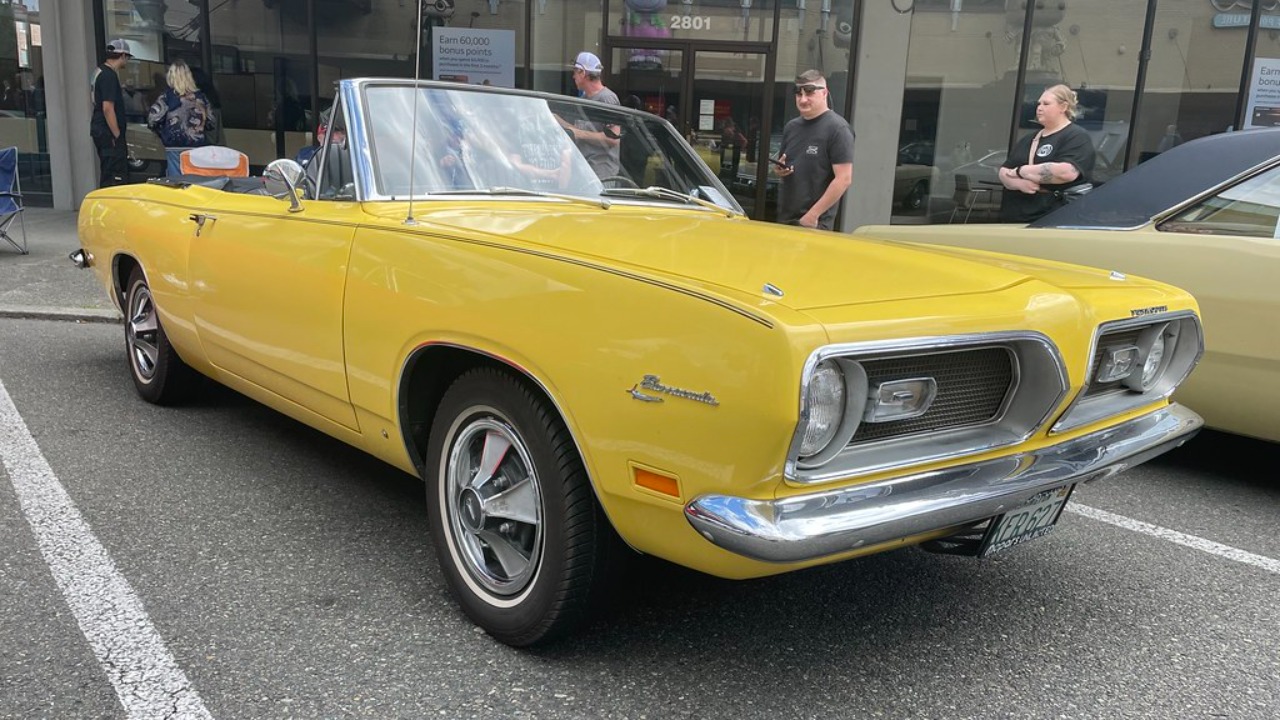
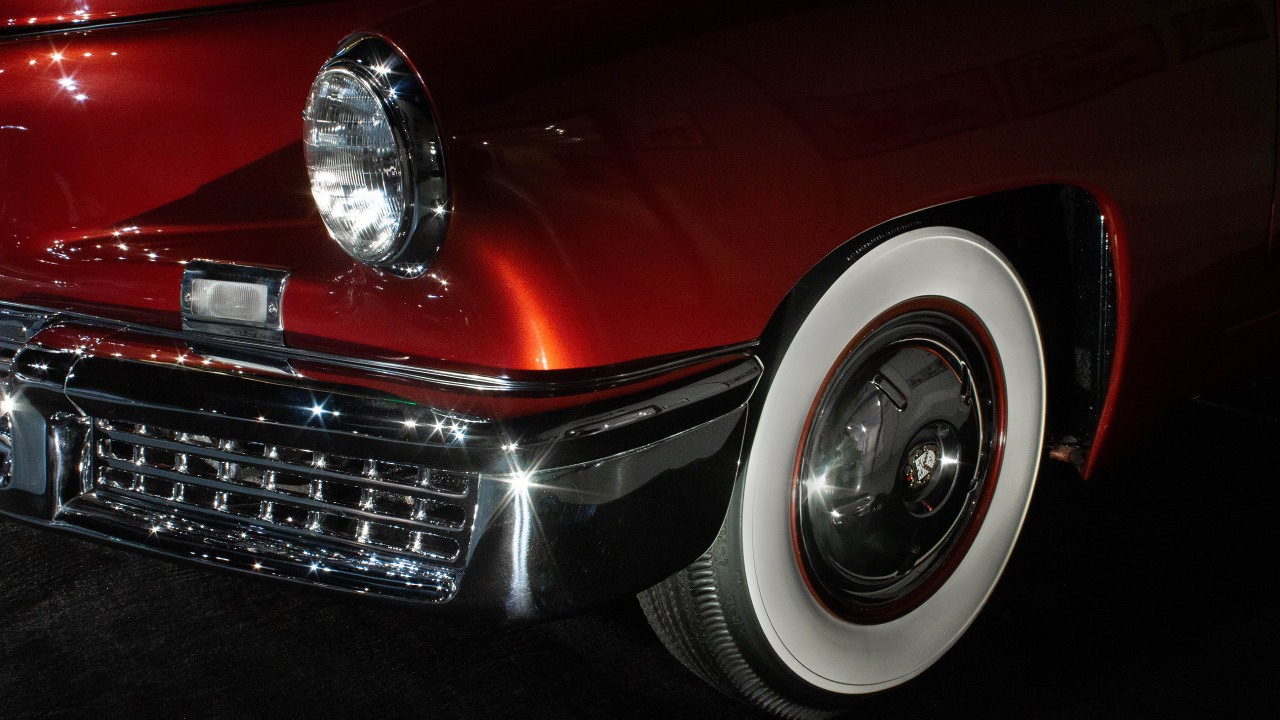
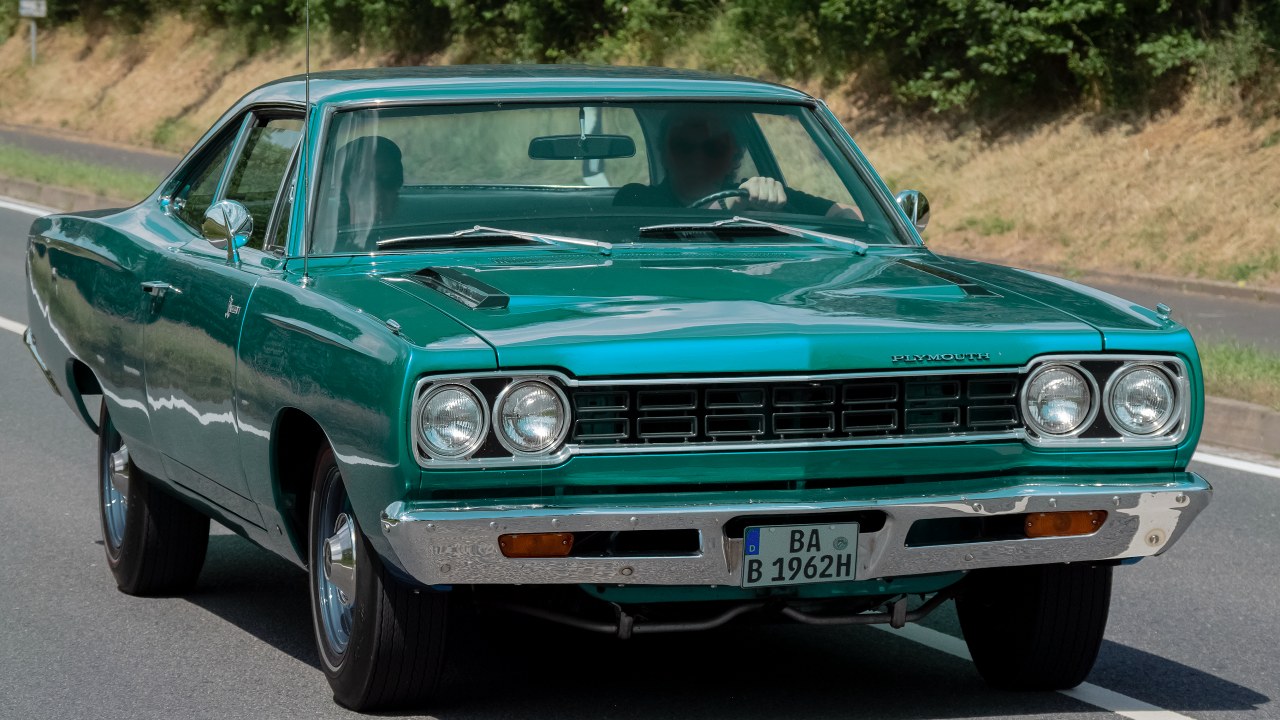
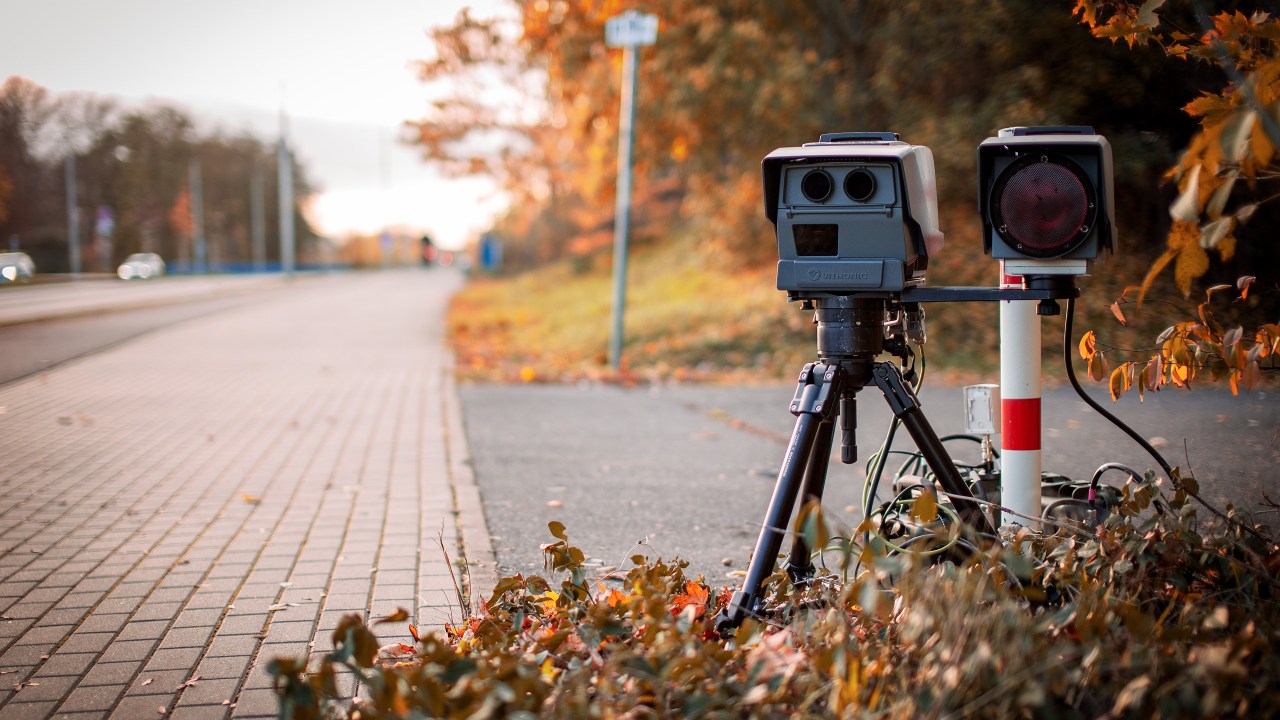

Leave a Reply